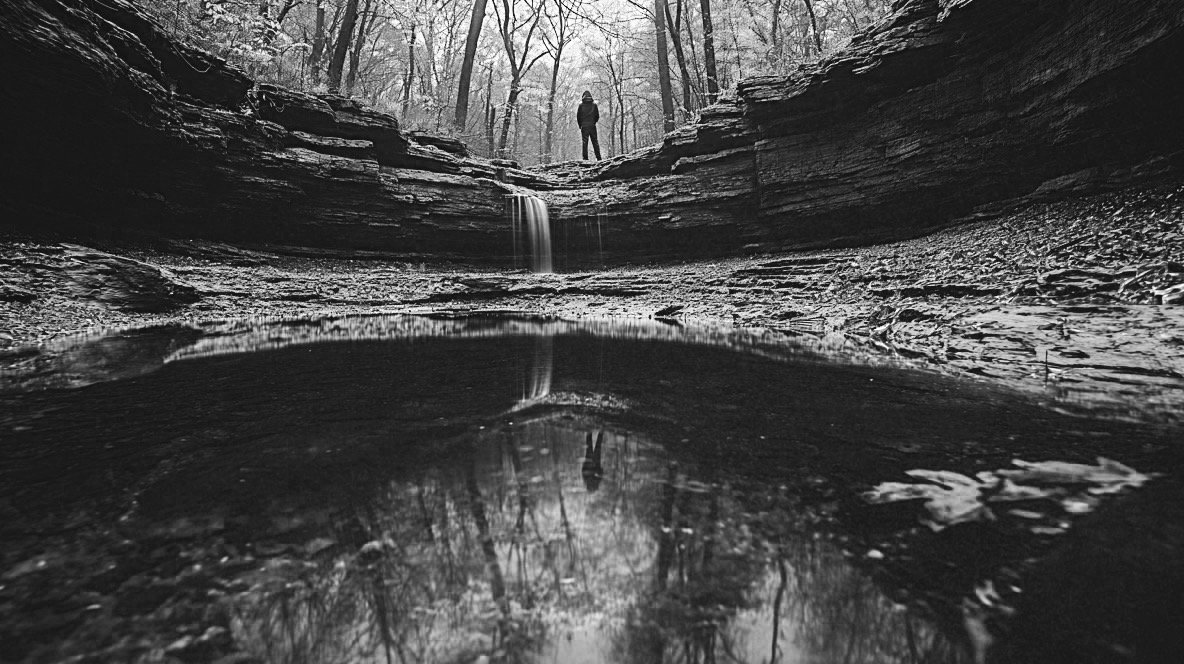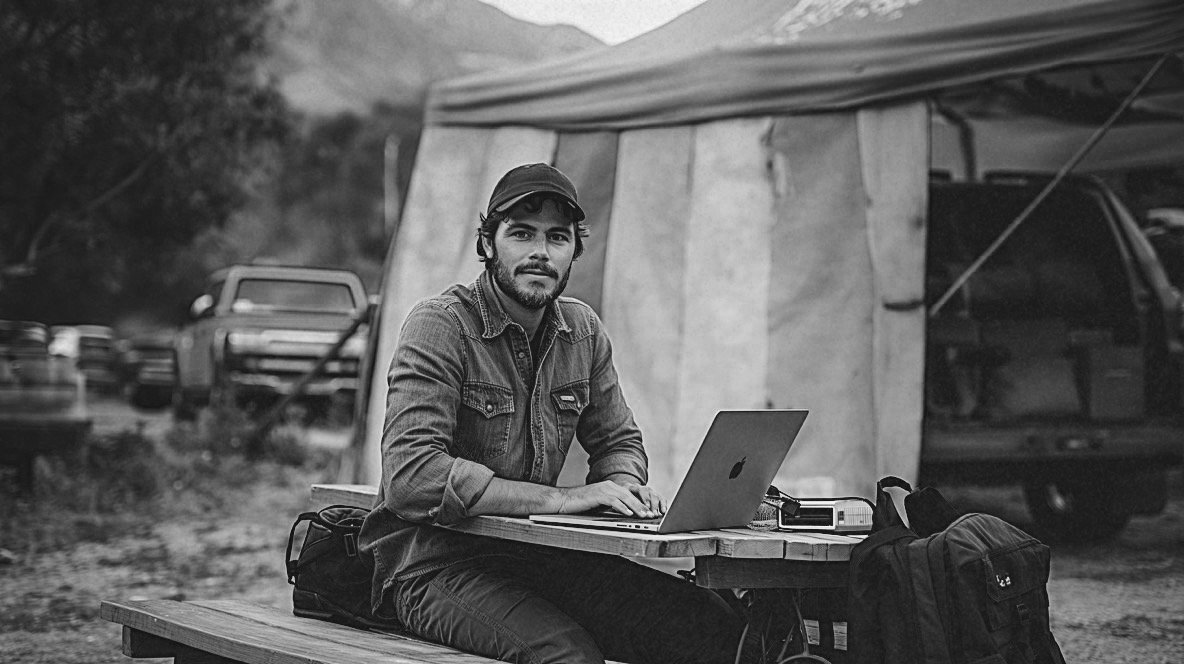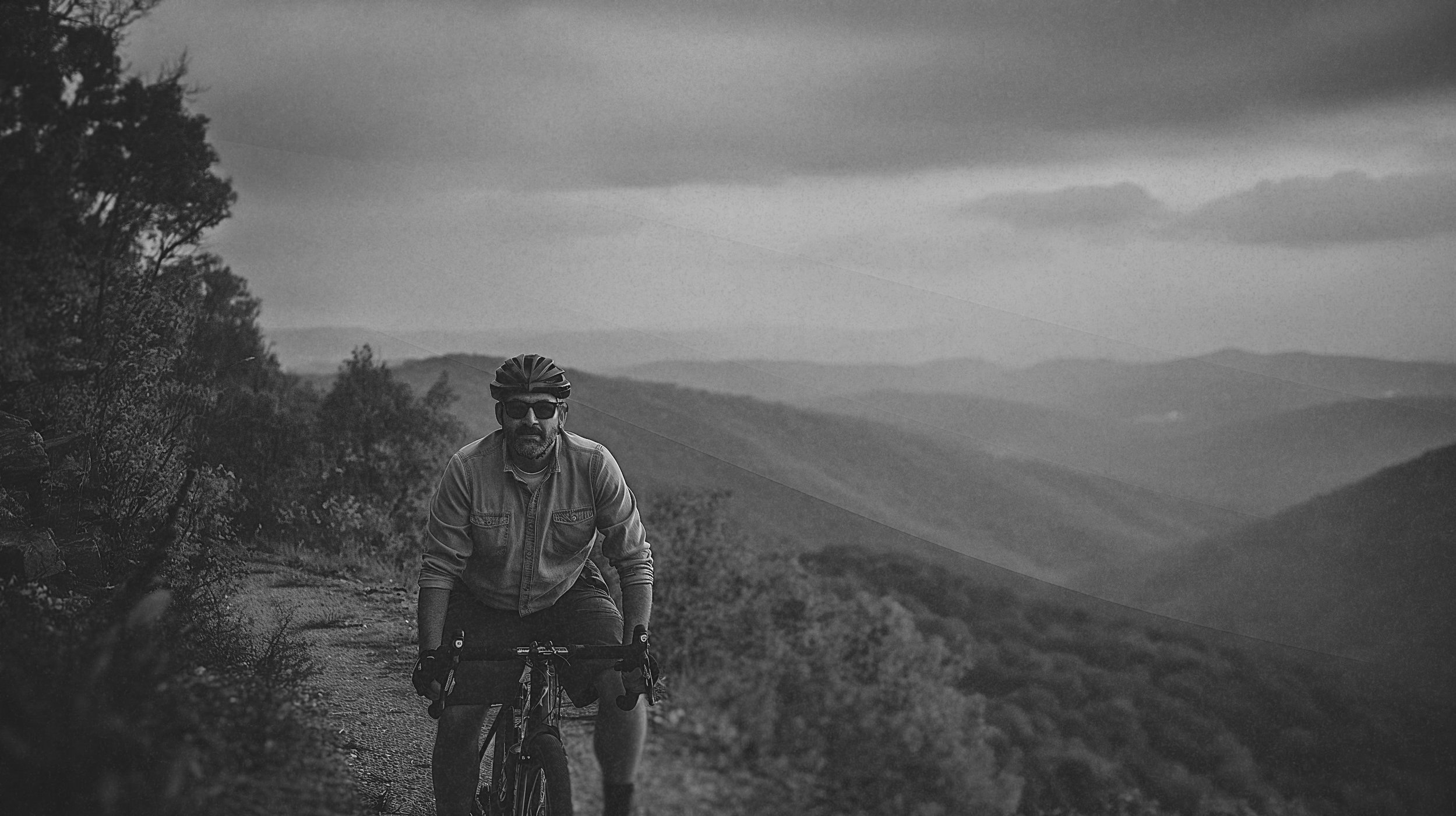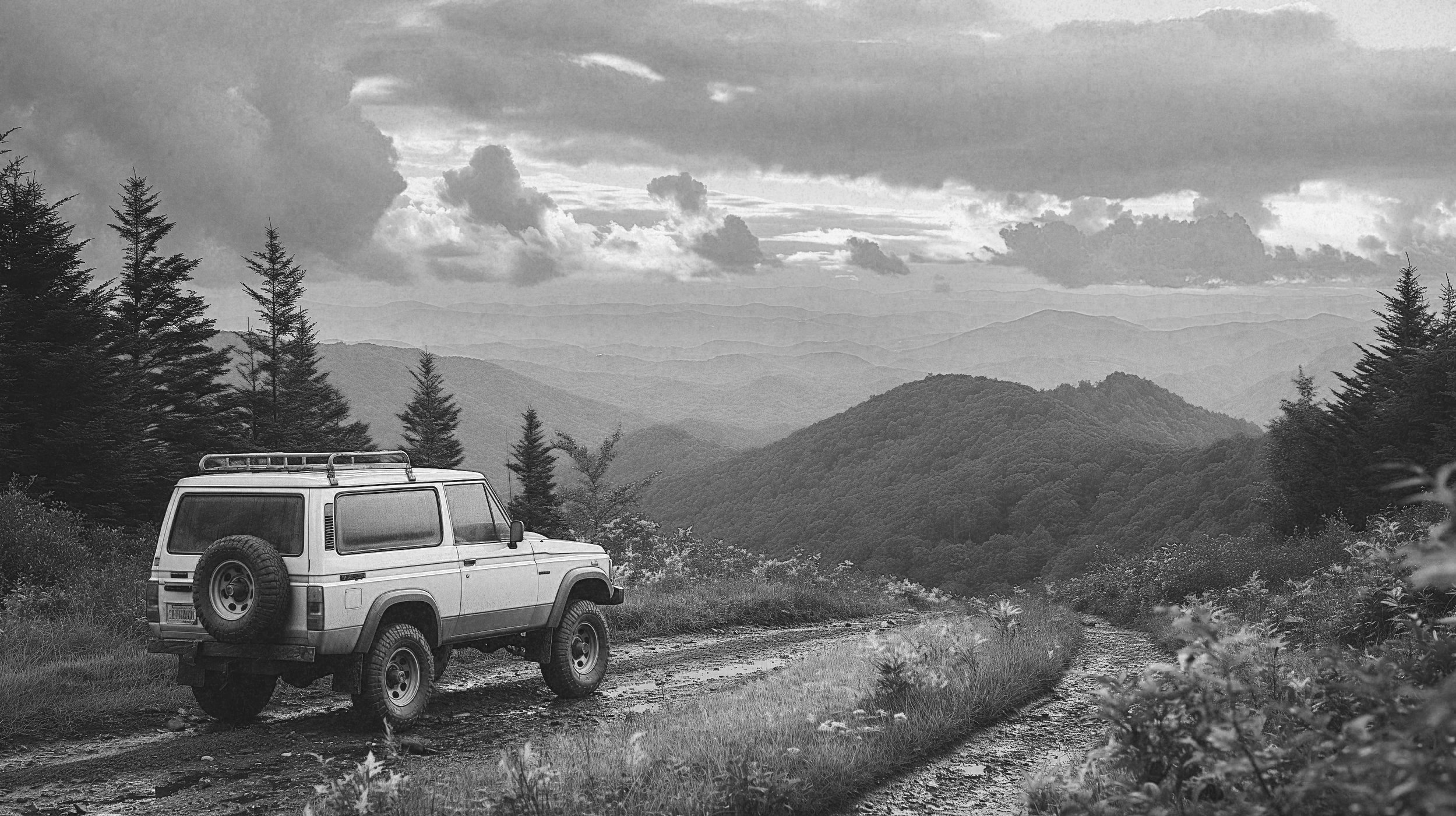How to Backpack Without a Smartphone

In a world where technology is ever-present, the idea of backpacking without a smartphone might seem radical. Yet, a growing number of enthusiasts are taking to the trails, leaving their devices behind. This guide will help you understand the benefits of unplugging on your next thru-hike and provide practical tips to make your journey successful.
why go smartphone-free?
smartphones have become essential tools for backpackers, serving as cameras, maps, gps devices, diaries, music players, plant identifiers, books, and emergency communication devices. apps like farout offer hikers valuable information about trails, elevation profiles, weather, camping options, and real-time updates. however, hiking without relying on technology has a unique charm and sense of freedom.
rediscovering the essence of thru-hiking
thru-hiking without a smartphone is not just about ditching technology; it’s about reconnecting with nature and the pure joy of the journey. shane “patchwork” linden, an appalachian trail hiker, illustrates this point well. despite the challenges, he finds greater spontaneity and deeper connections with fellow hikers by not relying on apps.
linden uses a traditional guidebook, "the awol guide," which provides crucial trail information without needing a digital device. this approach helps him stay present and enjoy unexpected moments, like stumbling upon a beautiful view or a hidden spring. it’s these serendipitous experiences that make unplugged hiking so rewarding.
tips for hiking unplugged
embarking on a smartphone-free hike requires a bit more preparation and a shift in mindset. here are some tips to help you make the transition smoothly:
learn to navigate
brush up on map and compass skills. even if you plan to use a mapping app, knowing how to navigate the analog way is crucial. familiarize yourself with your route ahead of time to anticipate trail junctions and decision points.
plan ahead
research your trail thoroughly before setting out. mark water sources, camping spots, and potential evacuation routes on your map. if planning the entire hike beforehand isn’t feasible, invest in a comprehensive paper guide.
dial your kit
without a smartphone, you’ll need to adjust your gear. consider what functions your phone served and pack accordingly. a notebook, watch, book, deck of cards, camera, and emergency communication device are useful additions.
make friends, but stay self-reliant
while connecting with fellow hikers can provide valuable information, don’t depend solely on others for beta. self-reliance is key to a successful thru-hike.
the joy of disconnecting
leaving your smartphone behind can make you feel like you’re missing out on the digital chatter among hikers. however, it also allows you to focus on the simple pleasures of the trail, such as watching the sky change colors at sunset or engaging in meaningful conversations with new friends. this disconnect from the digital world can be a refreshing retreat from the constant screen time of everyday life.
ditching your smartphone on a thru-hike might seem daunting, but it offers a unique opportunity to reconnect with nature and yourself. by preparing thoroughly and embracing the spontaneity of the trail, you’ll find that the rewards far outweigh the challenges. so, pack your guidebook, brush up on your navigation skills, and get ready to experience the trail in its purest form. happy hiking!
I am an Ad-Age, Emmy, Shorty, Telly, and Webby Award-Winning Social Media Strategist and Content Creator specializing in outdoor lifestyle, adventure, travel, and recreation brands. With 20 years of experience, I excel at connecting brands with their audiences by creating dynamic and engaging content. My work focuses on telling compelling stories that resonate with the outdoor lifestyle and foodie community, driving engagement, and building strong online communities for various brands and broadcast initiatives.
adage, emmy, telly & webby award-winning digital marketing consultant for purpose-driven food & beverage brands.





